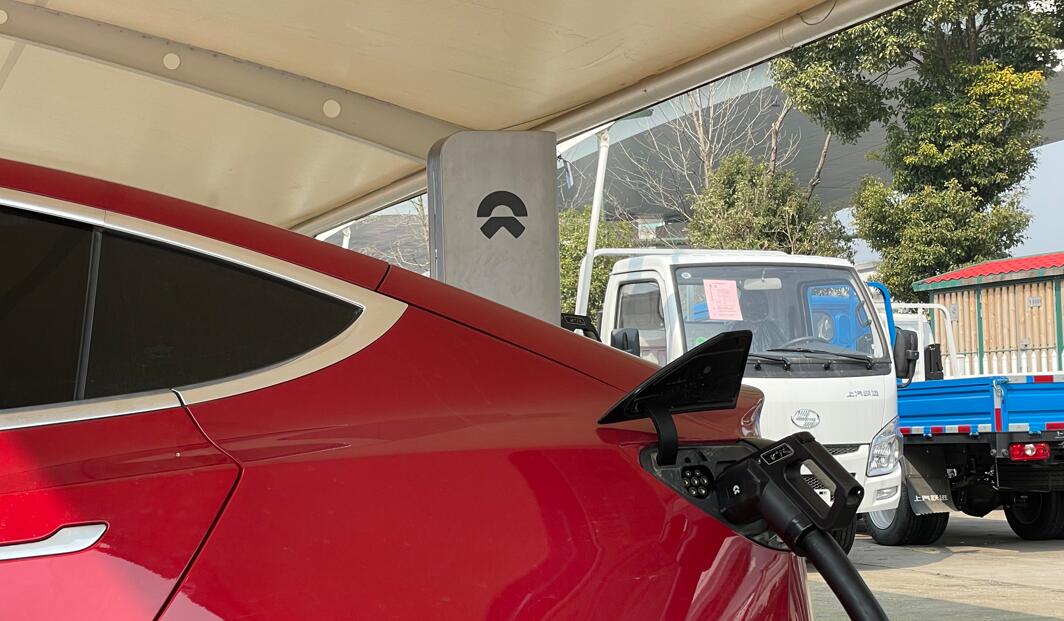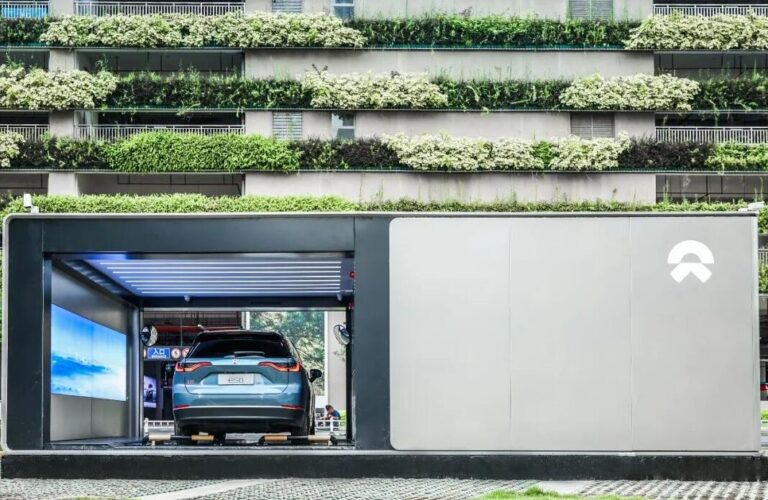By 2030, 100 percent of new and replacement vehicles in the private sector in Hainan will be NEVs.
(Image credit: CnEVPost)
China's southernmost province of Hainan will begin a complete ban on the sale of conventional internal combustion engine (ICE) vehicles in 2030, becoming the first Chinese province to do so.
By 2030, the sales of ICE vehicles will be completely banned across the island of Hainan, the provincial government said in a carbon-peak implementation plan released today.
By then, vehicles in Hainan's public service and operational sectors will be fully powered by clean energy, except for special uses, the document said, adding that 100 percent of new and replacement vehicles in the private sector will be new energy vehicles (NEVs).
The document does not specify, but in China, NEVs generally refer to pure electric vehicles, plug-in hybrids, and fuel cell vehicles.
Hainan will accelerate the use of clean energy in the transportation sector, with a focus on light logistics and distribution, urban sanitation, rental cars, ride-hailing vehicles and other areas, to promote the replacement of ICE vehicles with NEVs.
By 2025, 100 percent of new and replacement vehicles in Hainan's public service sector and the operational sector will use clean energy, according to the document.
To support the timetable, Hainan will focus on solving the inconvenience of charging and optimizing the experience of using NEVs.
These efforts will include the construction of a charging infrastructure service network covering the entire Hainan province and advancing the province's charging infrastructure ahead of schedule.
Specific plans for charging facilities include:
By 2025, the ratio of the number of NEVs to the number of charging infrastructure in Hainan will be less than 2.5:1, and that ratio for public charging piles will be less than 7:1.
The province will strive to make the average service radius of the charging network less than 1 kilometer in key pioneering areas, less than 3 kilometers in priority development areas, and less than 5 kilometers in promotion areas.
Hainan will use policies in areas including license acquisition, driving and parking to encourage residents to use NEVs and encourage cities to build zero-emission zones for motor vehicles.
The province will accelerate the construction of a unified charging and battery swap service and supervision platform, and set up a local NEV charging and battery swap infrastructure operation company this year.
Hainan's goal is that by 2025, the proportion of NEVs in the province's stock of cars and new cars will be significantly increased, and the withdrawal of fuel vehicles will be significantly accelerated and the scale of new additions significantly reduced.
By 2030, NEVs will account for more than 45 percent of all vehicle ownership in Hainan, and cities and counties basically built at least one motor vehicle zero emission zone.
Hainan's plan was released at a time when the issue of global warming is being taken more seriously as northern hemisphere countries and regions have been hit by prolonged hot weather over a wide area this year.
In China, 277 national weather stations have seen high temperatures exceed previous records from June to now.
Tight power supply and demand due to high temperatures and drought have led to recent widespread power restrictions in some places, impacting industrial production as well as people's daily lives.


